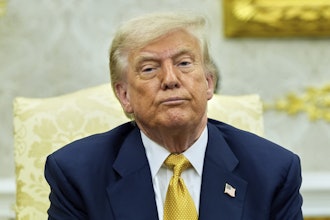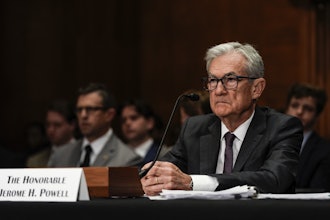
Jeremy Bentham was a philosopher and economist who viewed utility as ‘that property in any object, whereby it tends to produce benefit, advantage, pleasure, good, or happiness’. Utility, or usefulness, finds mention in economics, and from the production of goods and services to their demand and supply, it shapes everything. Utility is the crucial element that puts a price tag on any commodity or service, be it a pen or childcare.
If there is one thing that, to some extent, changed how utility shapes demand and price, it is marketing. It can lure the customer into buying something at a price that is not proportionate to its utility. But the digital currency realm is a step ahead.
In 2021, we saw the launch of the S&P Dow Jones crypto indices that track the price of cryptocurrencies tied to them. Bitcoin and Ether exchange-traded funds (ETFs) have been launched to serve as alternatives to crypto exchanges, where one can buy and sell virtual currencies. Entities are undertaking cryptocurrency mining as a primary activity, and new partnerships are being forged to shift this mining process from non-renewables to renewables.
In this entire scheme of things, the utility of the underlying product, cryptocurrencies, is yet to be proved.
Digital currencies are yet to be accepted as legal tender anywhere globally, although this was envisioned as their only utility. A fiat currency is a store of value backed by central banks. Cryptocurrencies do away with any regulatory oversight, be it a central bank like the Federal Reserve or a market regulator like the Securities and Exchange Commission (SEC). This act of doing away with authorities that inject accountability and stability into the system is why countries are not embracing cryptos.
However, blockchain tech has found many takers owing to its utility and many central banks plan to launch their blockchain-based digital currencies without compromising on regulatory oversight.
Disheartened by this dramatic turn of events, proponents of digital currencies found solace by envisaging digital currencies as some investment instrument. But digital currencies cannot be considered on par with traditional instruments like stocks and government bonds, which essentially have an underlying entity carrying out an economic activity that has a definite utility. By contrast, digital currencies have become nothing but a speculative asset class.
Crypto, a Speculative Asset?
There is a reason why digital currencies ended up as a speculative asset. Take, for instance, the recent crash in the crypto market, when the total market value fell below the $2-trillion mark. Billions of dollars of investors’ wealth just vanished in the wink of an eye.
In the equity markets, a crash or a bull run is always backed by reason. For example, stocks of companies operating in any sector tend to rise with anticipation of increased demand for their products. However, the crypto market tumbled on tweets of a multi-billionaire CEO and a particular ban by China on any activity related to cryptocurrencies.
Mainstreaming the cryptocurrency ecosystem and elevating it to conventional economic activities added glitter to the crypto world. It resulted in markets parking over $2 trillion in cryptos, which was wiped out in hours.
It is not just about the total market cap of cryptocurrencies. It is way more than that. From S&P indices to ETFs to large-scale mining, every single development elevated cryptos to new heights. Scarce resources are being deployed to an activity, which is yet to prove its utility. With every step forward, we catapult cryptos into the mainstream without realizing that the entire arrangement is fragile and volatile in the absence of their utility.
Even the best marketer will find it hard to sell a pen at the price of an airplane. The market understands the usefulness of the two and knows at what price to buy them. In the cryptocurrency realm, the biggest concern is nobody knows crypto’s price value. In the conventional economic landscape, demand, supply and price interact with each other. But in the crypto world, demand and supply forces alone do not shape up the price.
Every market crash has a lesson, and the latest crypto episode is a lesson on the fragility of an economic activity that lacks utility. We know that a tweet or two tomorrow by an influential CEO can reverse the fall and lift the market cap back to where it was before the crash. But is this what we learned from textbooks on economics and utility theory propounded by Jeremy Bentham?
Before we move any further on digital currencies, the market needs to find the exact utility of cryptocurrencies to stabilize their values and remove their susceptibility to crypto whales. It will also justify the financial, energy and human resource allocation to the crypto ecosystem. The greater fool theory, on which the cryptocurrency world has thrived until now, is not likely to be a long-term sustainable economic activity.
The theory states gains derived from a product result from further bets by new investors at an enhanced price. For example, an investor purchases a virtual currency for $1 and sells it to someone else for $2, allowing a dollar profit. But until subsequent buyers find utility in the currency that justifies a price tag above $2, the entire scheme loses steam.
To justify mainstreaming cryptos, proponents and supporters need to find its utility or else risk manipulation of prices by a few.
Kunal Sawhney is the CEO of the Kalkine Group






















